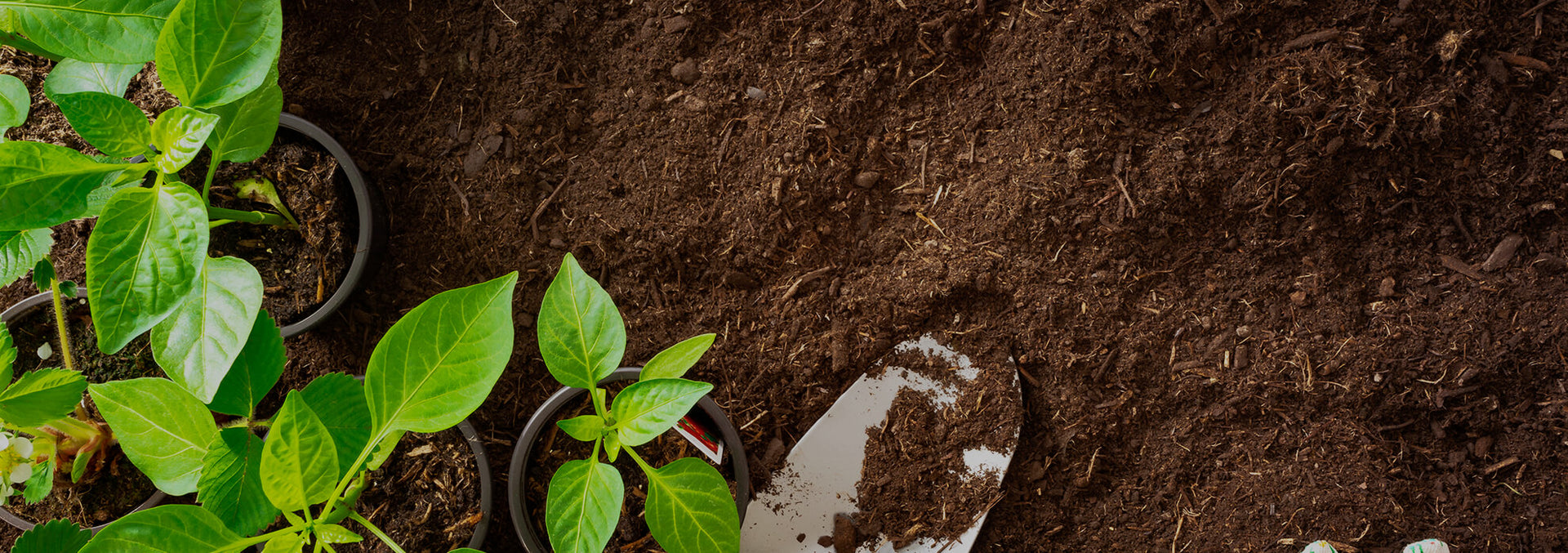Cure Blossom End Rot with Microbes!
Last year Dave Townsend (of the wonderful gardening blog Growing the Home Garden) tried John and Bob’s products in his garden. He spread it over most of his vegetable garden in Spring Hill, Tennessee, where he has been growing food for several years. He immediately noticed several improvements from previous years. Diseases like blight and wilt were minimized while his veggies grew like mad, especially his melons and tomatoes.

One of the biggest changes was this:
“My first observation was that blossom end rot on my tomatoes was almost nonexistent. Blossom end rot happens because of nutrient deficiency (calcium). Either the soil doesn't have enough calcium for the plant, drought conditions don't allow for the uptake of nutrients, or excessive nitrogen in the soil causes the poor cell formation in the fruit. In any case there is an imbalance in the soil and I only saw a couple tomatoes at the beginning of the season that had blossom end rot.”
Blossom End Rot is a condition whereby the fruit of a tomato plant begins to rot at the base (at the blossom end, hence the name) before the fruit is fully ripe. It starts off as a small soft spot at the bottom of the fruit but can grow to take over up to half of it. These spots eventually become dry and rubbery and the fruit is utterly unusable.
This is not a disease caused by any pathogen or pest so it cannot spread from plant to plant. It cannot be controlled by any pesticide, organic or otherwise.
As Dave mentioned above, the most common cause of Blossom End Rot is a lack of calcium in the plant, but not necessarily in the soil. The lack of calcium causes the fruit to rot before it’s ripe. There are many reasons that calcium is not getting into the plant. Occasionally, it is because there is not enough calcium in the soil; in which case that can be easily remedied with a calcium-laden soil amendment or even a dose of compost would likely help. However, calcium is very common in most soils and is even in most tap water! A lack of calcium entirely is RARELY the problem. More likely, the calcium is bound up in the soil and cannot get to the plants. This can be due to a number of factors.
A high percentage of salt in the soil can bind calcium (the negative ions in salt bind to the positive ions in calcium, keeping them both locked in the soil). High salt content is often caused by the use of conventional (non-organic) fertilizers so there is another reason to avoid them! Bound calcium can also be caused by an imbalanced pH. If the pH is too acidic or alkaline, it throws off the rate at which calcium can be absorbed. Inconsistent soil temperatures can affect calcium absorption, particularly when the soil cools rapidly. A few inches of straw mulch can help stabilize soil temperatures from swinging too wildly one direction or the other.
The key to successfully unbinding calcium lies in the microbiology of the soil. A blooming, healthy microbial community will help to keep calcium and other micronutrients accessible to plants. Beneficial bacteria (and Bacillus species in particular) are adept at consuming bound nutrients and processing them into a usable form. They also balance pH and help to stabilize the salt content of the soil. To cure Blossom End Rot, add John and Bob’s Penetrate to the soil. It is primarily comprised of beneficial Bacillus bacteria (and the food it needs to flourish). The bacteria will get to work immediately, integrating into the existing soil food web, unlocking nutrients and improving the health and performance of the tomato plants. Our MAXIMIZE also has beneficial bacteria, plus it has higher life forms, leading to complex soil life. MAXIMIZE, along with OPTIMIZE contain readily available calcium. All of these, along with the PENETRATE, will address and prevent blossom end rot.
There are a few other causes for Blossom End Rot, that all lead back to the importance of maintaining healthy bacteria. It can be caused by overwatering, which drowns the healthy aerobic populations of microorganisms. Conversely, under watering can dry them out, past the survival point. So, it is important to keep the soil beneath the surface moist, but not too soaked, to maintain healthy populations.
Plants under extreme stress can also abort fruit in a way that resembles Blossom End Rot. High, hot winds can especially lead to this. Pamper your plants and boost their immune systems by offering wind protection, extra water and lots of compost and Bacillus-laden soil to help them combat the stresses.
The bottom line is this: cure Blossom End Rot with beneficial bacteria! John and Bob’s products hold the solution. It’s as simple as that!


